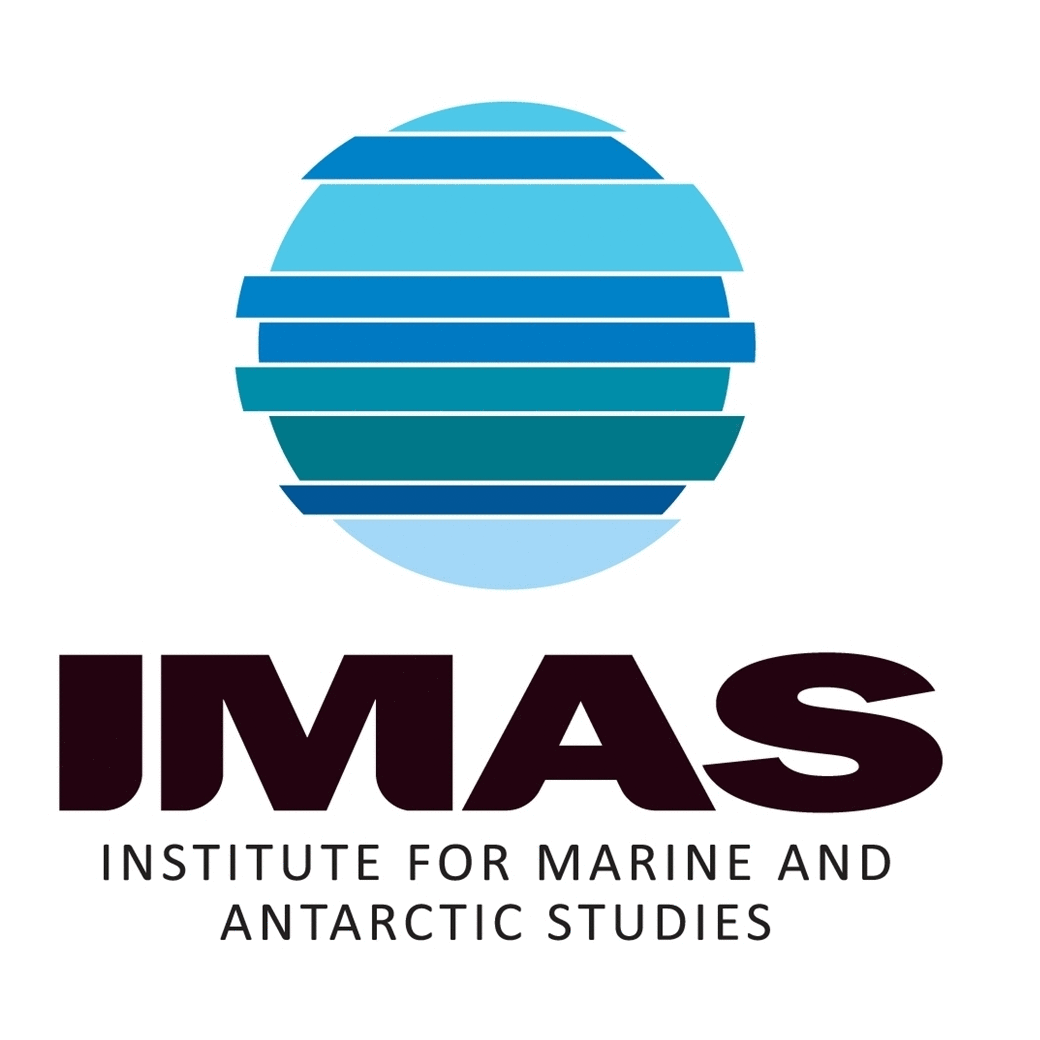Ecological Impacts of Climate Change
Type of resources
Topics
Keywords
Contact for the resource
Provided by
Years
-
This record contains the R code and bibliographic data used in the publication 'Reciprocal knowledge exchange between climate-driven species redistribution and invasion ecology' (doi:10.21425/F5FBG60804). The aim of this study was to examine the current degree of cross-fertilisation between range shift ecology and invasion ecology, as a first step in determining the level of need for increasing connection between the two fields. To that end, here we examine (1) the structure and degree of similarity of themes explored within range shift and invasion ecology publications, (2) the extent that range shift and invasion publications draw on a common pool of research, and (3) the extent that range shift and invasion publications directly cite publications from the other field of study. This dataset includes: 1) R code used in the litsearchr package to generate a semi-automated search string, 2) publication data used for bibliographic analysis, and 3) R code used with the bibliometrix package for keyword co-occurrence analysis.
-
The spatial extent of C. rodgersii "barrens" was estimated by surveying rocky reef habitat with a towed underwater video system. Sampling took place at 13 regions along the east coast of Tasmania, each comprising 3 subsites, this dataset refers to the Fortescue Bay region, and its 3 subsites: Lanterns, Munroe Bight and Thumbs.
-
The spatial extent of C. rodgersii "barrens" was estimated by surveying rocky reef habitat with a towed underwater video system. Sampling took place at 13 regions along the east coast of Tasmania, each comprising 3 subsites, this dataset refers to the Recherche region, and its 3 subsites: Eliza Point, Fisher Point and Actaeons.
-
The spatial extent of C. rodgersii "barrens" was estimated by surveying rocky reef habitat with a towed underwater video system. Sampling took place at 13 regions along the east coast of Tasmania, each comprising 3 subsites, this dataset refers to the North Bruny Island region, and its 3 subsites: Patrick's Bight, Trumpeter Point and Yellow Bluff.
-
The spatial extent of C. rodgersii "barrens" was estimated by surveying rocky reef habitat with a towed underwater video system. Sampling took place at 13 regions along the east coast of Tasmania, each comprising 3 subsites, this dataset refers to the Forestier Peninsula region, and its 3 subsites: Sisters, Visscher Island and High Yellow Bluff.
-
The demersal fish assemblages on the Kerguelen Plateau has changed through time. This study aimed to detect, quantify, and map these changes. This study uses existing data collected from the Random Stratified Trawl Survey (RSTS) program administered through the Australian Antarctic Divisions (AAD). Raw RSTS data between 2000 and 2016 was extracted from the AAD database. The RSTS data contains information on the abundance (catch per unit effort, CPUE) on fish. RSTS data were paired with environmental data to be modelled. Hierarchical models of species communities (HMSC) were used to make inferences and predictions in the changes of demersal fish distribution. This record contains all the environmental data, R code, and outputs from this project. Raw RSTS data needs to be requested from the AAD under the authorization of AFMA.
-
The spatial extent of C. rodgersii "barrens" was estimated by surveying rocky reef habitat with a towed underwater video system. Sampling took place at 13 regions along the east coast of Tasmania, each comprising 3 subsites, this dataset refers to the Wineglass Bay region, and its 3 subsites: Boot, Nuggets and Wineglass.
-
These data were collected in 2024 for a PhD project, including the dissolved trace metal data and particulate trace metal data from the diatom-Antarctic krill experiment. The particulate trace metal data were collected from diatom culture grown in the lab and Antarctic krill culture sourced from AAD.
-
The spatial extent of C. rodgersii "barrens" was estimated by surveying rocky reef habitat with a towed underwater video system. Sampling took place at 13 regions along the east coast of Tasmania, each comprising 3 subsites, this dataset refers to the Maria Island region, and its 3 subsites: Beaching, Bunker and Mistaken Cape.
-
The spatial extent of C. rodgersii "barrens" was estimated by surveying rocky reef habitat with a towed underwater video system. Sampling took place at 13 regions along the east coast of Tasmania, each comprising 3 subsites, this dataset refers to the St Helens region, and its 3 subsites: Binalong Bay, St Helens Island and St Helens Point
 IMAS Metadata Catalogue
IMAS Metadata Catalogue